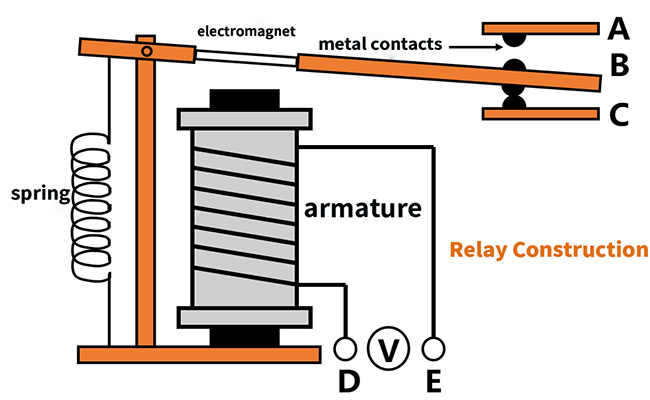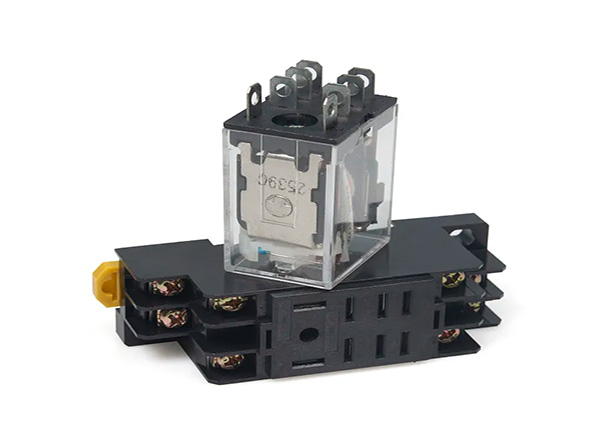In the intricate realm of electronics, certain components often play a pivotal role in ensuring smooth operations and safeguarding sensitive circuits. The relay – an electromechanical device that holds a remarkable position in both industrial and everyday applications. In this journey through the world of electronics, we'll unravel the enigma of relays, exploring their anatomy, functioning, types, and diverse applications.
▇Chapter 1: Anatomy of a Relay
At its core, a relay is a cleverly designed switch that operates using an electromagnetic force. It comprises several key components, including:
▲Coil: The heart of the relay, the coil, is a wound wire that, when energized, generates a magnetic field.
▲Armature: Positioned close to the coil, the armature is a movable component that responds to the magnetic field generated by the coil.
▲Contacts: These are the switch terminals that open or close in response to the movement of the armature. Contacts come in different configurations, such as normally open (NO), normally closed (NC), and changeover (CO).

▇Chapter 2: Functioning of Relays
The magic of a relay lies in its ability to control high-power circuits using a low-power signal. Here's how it works:
★Energization: When a small current flows through the coil, it generates a magnetic field, attracting the armature towards it.
★Contact Transition: As the armature moves, it triggers a change in the state of the contacts. For instance, a normally open contact might close, completing a circuit, or a normally closed contact might open, breaking a circuit.
★Isolation: This contact transition provides electrical isolation between the control circuit and the controlled circuit, preventing interference and ensuring safety.
▇Chapter 3: Types of Relays
Relays come in various types, each tailored to specific applications:
◆Electromagnetic Relays: The most common type, these relays use an electromagnetic coil to control mechanical contacts.
◆Solid-State Relays: These modern counterparts use semiconductor components like transistors and optocouplers to achieve switching, eliminating mechanical wear and providing faster response times.
◆Reed Relays: Compact and hermetically sealed, reed relays utilize magnetically sensitive reeds to control contacts, making them ideal for high-speed applications.
Latching Relays: These relays maintain their state even after the control signal is removed, requiring a separate signal to reset them.

▇Chapter 4: Diverse Applications
Relays find themselves in a plethora of applications, showcasing their versatility:
●Automotive: In vehicles, relays control lights, fans, motors, and more, ensuring efficient and safe operations.
●Industrial Automation: Relays manage heavy machinery, production lines, and equipment, offering reliable control in demanding environments.
●Home Automation: They play a role in home security systems, lighting control, and HVAC systems, enhancing comfort and energy efficiency.
●Telecommunications: In communication systems, relays help switch signals, route calls, and manage network connections.
From the grandeur of industrial automation to the subtleties of home electronics, relays stand as steadfast sentinels, enabling seamless control and protection of circuits. Their ability to bridge the gap between low-power control signals and high-power loads is nothing short of remarkable. As we journey through the intricate landscapes of electronics, let us not forget the humble relay – an electromechanical marvel that embodies the synergy between physics and engineering, and continues to shape the modern world.




 Need Help?
Need Help?







